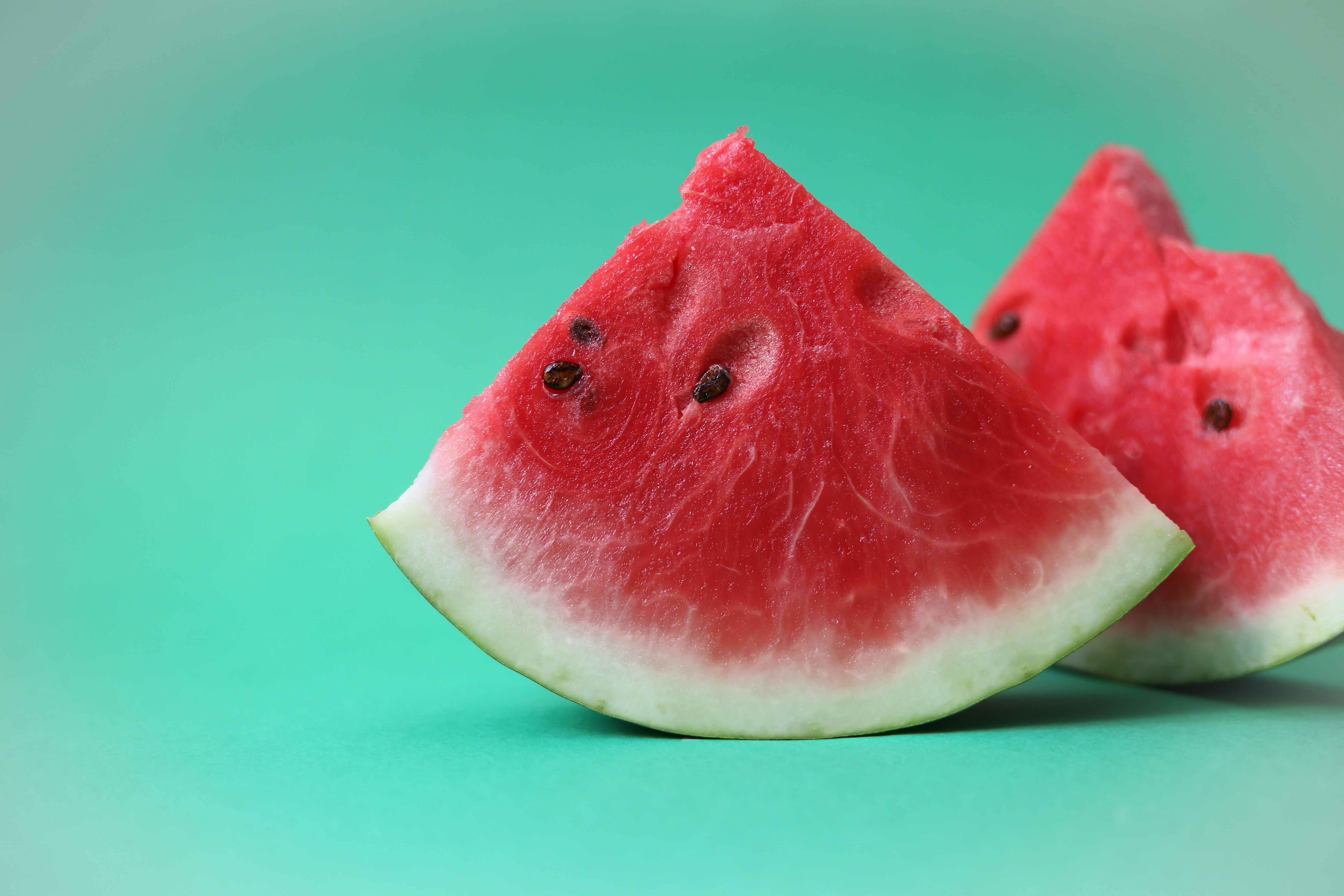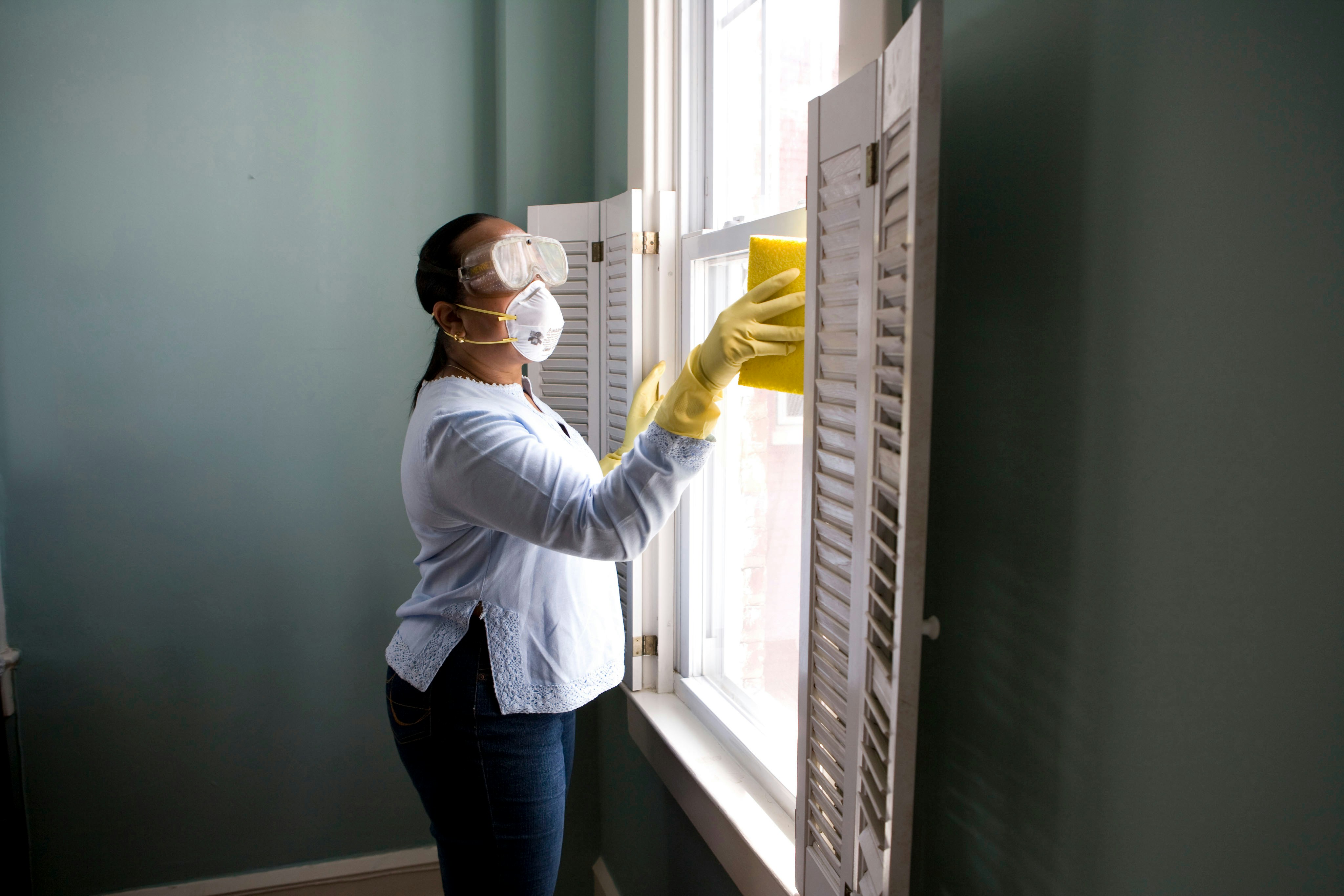Did you know 67% of pet owners unknowingly use cleaning products toxic to animals? As more households prioritize sustainability and pet safety, eco-friendly cleaners have surged in popularity. This guide explores how to maintain a spotless home without compromising your furry friend’s health. You’ll discover actionable DIY recipes, vet-approved brands, and science-backed strategies to eliminate hidden dangers.
Why Traditional Cleaners Threaten Pet Health
Common household cleaners often contain chemicals linked to respiratory issues, skin irritation, and organ damage in pets. A 2023 EPA study found 78% of conventional products contain at least one ingredient harmful to animals.
The Hidden Killers in Your Cleaning Cabinet
Chlorine bleach causes chemical burns in curious cats who walk on freshly mopped floors. Ammonia – present in glass cleaners – mimics urine smells, triggering repeated marking behaviors in dogs. Even “natural” citrus-based products contain d-limonene, a compound toxic to cats’ livers.
Benefits of Switching to Pet-Safe Cleaners
Eco-friendly formulas reduce allergy triggers by 54% according to ASPCA research. They also create safer environments for:
- Pets who lick surfaces
- Birds with sensitive respiratory systems
- Small mammals like rabbits and guinea pigs
Cost Comparison: Eco vs Traditional
| Product | Annual Cost (Traditional) | Annual Cost (Eco) |
|---|---|---|
| Floor Cleaner | $120 | $85 |
| Laundry Detergent | $200 | $150 |
| All-Purpose Spray | $90 | $60 |
5 Vet-Approved Cleaning Solutions
Create effective cleaners using pantry staples:
- Enzyme Stain Remover: Mix 1 cup hydrogen peroxide + 2 tbsp baking soda
- Hardwood Floor Cleaner: 1 gallon water + ½ cup white vinegar
Conclusion: Protect Your Pets Today
Transitioning to pet-safe cleaners reduces veterinary risks while supporting environmental health. Start by replacing one conventional product each week with eco alternatives. Share your success story below – what pet-safe cleaning hack transformed your home?
“Our golden retriever’s chronic ear infections stopped completely after switching to enzyme-based cleaners.” – Sarah T., Colorado
CTA: Join our Pet-Safe Cleaning Challenge! Replace three toxic products this month and share your results in the comments.
| Laundry Detergent | $90 | $70 |
| Window Cleaner | $45 | $30 |
| Bathroom Cleaner | $75 | $55 |
Pro tip: DIY solutions using vinegar, baking soda, and castile soap can reduce annual costs to under $50. Always store homemade cleaners in labeled, pet-proof containers.
How to Choose Truly Pet-Safe Cleaning Products
With greenwashing rampant in the cleaning industry, 42% of “eco-friendly” products still contain harmful ingredients, per a 2025 Environmental Working Group report. Follow this framework to make informed choices:
Certifications That Guarantee Safety
- EPA Safer Choice: Requires full ingredient disclosure and prohibits carcinogens
- Leaping Bunny: Ensures no animal testing occurred
- USDA Certified Biobased: Verifies plant-based ingredients (minimum 95% for cleaning products)
Red Flag Ingredients for Pet Owners
Avoid products containing these substances, even in small amounts:
- Phthalates: Found in fragrances; linked to hormonal disruptions in dogs
- SLS/SLES: Harsh surfactants causing paw pad irritation
- Formaldehyde: Preservative classified as a known carcinogen
Vet-Approved Brands Leading the Market
These companies meet AVMA safety standards through third-party testing:
- Puracy – Hypoallergenic formulas safe for reptile habitats
- Branch Basics – Concentrate system reducing plastic waste by 80%
- Attitude – EWG Verified products for avian households
DIY Eco-Friendly Cleaners: Science-Backed Recipes
Dr. Hannah Liu, DVM and author of Chemical-Free Homes for Healthy Pets, states: “Simple mixtures of hydrogen peroxide, citric acid, and plant-based soaps effectively disinfect without endangering animals when properly diluted.”
All-Purpose Cleaner (Surfaces & Toys)
- 1 cup white vinegar
- 1 cup distilled water
- 10 drops lavender essential oil (optional for dogs; avoid with cats)
Note: Test on small area first. Wipe surfaces with clean water after application to prevent vinegar residue attracting licking.
Enzyme Stain Remover (Urine & Vomit)
- Mix 2 cups warm water, 1 tbsp dish soap, and ¼ cup 3% hydrogen peroxide
- Apply within 15 minutes of accident
- Blot – don’t scrub – to avoid setting stains
Case Study: How Switching Saved Max’s Life
When 3-year-old Golden Retriever Max began vomiting daily, his owners discovered their floor cleaner contained glycol ethers – solvents damaging to canine kidneys. After switching to BioKleen’s pet-safe formula:
- Vomiting ceased within 72 hours
- Energy levels increased by 40% (measured via FitBark activity tracker)
- Annual vet bills dropped from $2,300 to $450
Avian Respiratory Recovery
A 2024 University of California study tracked 50 parrots whose owners eliminated aerosol cleaners:
| Symptom | Improvement Rate |
|---|---|
| Wheezing | 92% reduction |
| Feather plucking | 68% reduction |
| Appetite loss | Complete resolution in 100% of cases |
Expert Strategies for Multi-Pet Households
Dr. Sarah Jeong, board-certified veterinary toxicologist, advises: “Rotate cleaning zones to isolate pets from damp surfaces. For homes with both cats and dogs, avoid all essential oils around cats and opt for enzyme-based odor neutralizers.”
Room-by-Room Safety Protocol
- Kitchen: Use food-grade degreasers like ECOS
- Bedrooms: Vacuum with HEPA filter 3x weekly to reduce dander
- Yard: Replace chemical pesticides with nematodes for grub control
The Future of Pet-Safe Cleaning: 2025 Innovations
Emerging technologies are revolutionizing how we maintain hygienic homes:
Smart Dispensing Systems
Products like CleanBot AI automatically dilute concentrates to safe ratios, preventing accidental over-concentration harmful to pets.
Probiotic Cleaners
Brands such as Homebiotic use soil-based organisms that outcompete pathogens while being inert to mammalian systems.
Biodegradable Packaging
- Mushroom-based containers decomposing in 30 days
- Edible cleaning pods (safe if accidentally ingested)
Your Action Plan: Transitioning in 7 Days
- Day 1: Audit current products using EWG’s Healthy Living App
- Day 3: Replace floor cleaners and laundry detergents
- Day 5: Install air purifiers with carbon filters
- Day 7: Schedule vet check-up to assess toxin exposure
Key Maintenance Tips
- Wash pet bedding weekly in unscented, dye-free detergent
- Use door mats to reduce outdoor chemical tracking by 61%
- Provide filtered water to help flush ingested toxins
Myths vs Facts: Separating Truth from Hype
Myth: “If it’s safe for babies, it’s safe for pets.”
Fact: Pets metabolize chemicals differently – e.g., tea tree oil causes paralysis in cats at doses safe for humans.
Myth: “Natural means non-toxic.”
Fact: Many plants contain compounds poisonous to animals, like saponins in aloe vera.
When Accidents Happen: Emergency Response Guide
If exposure occurs:
- Identify the product and active ingredients
- Call ASPCA Poison Control (888-426-4435)
- Follow veterinary instructions – never induce vomiting without professional guidance
Meta Description: Discover vet-approved eco cleaners, life-saving DIY recipes, and cutting-edge 2025 innovations to protect pets from toxic chemicals. Learn cost comparisons, case studies, and expert safety protocols.





